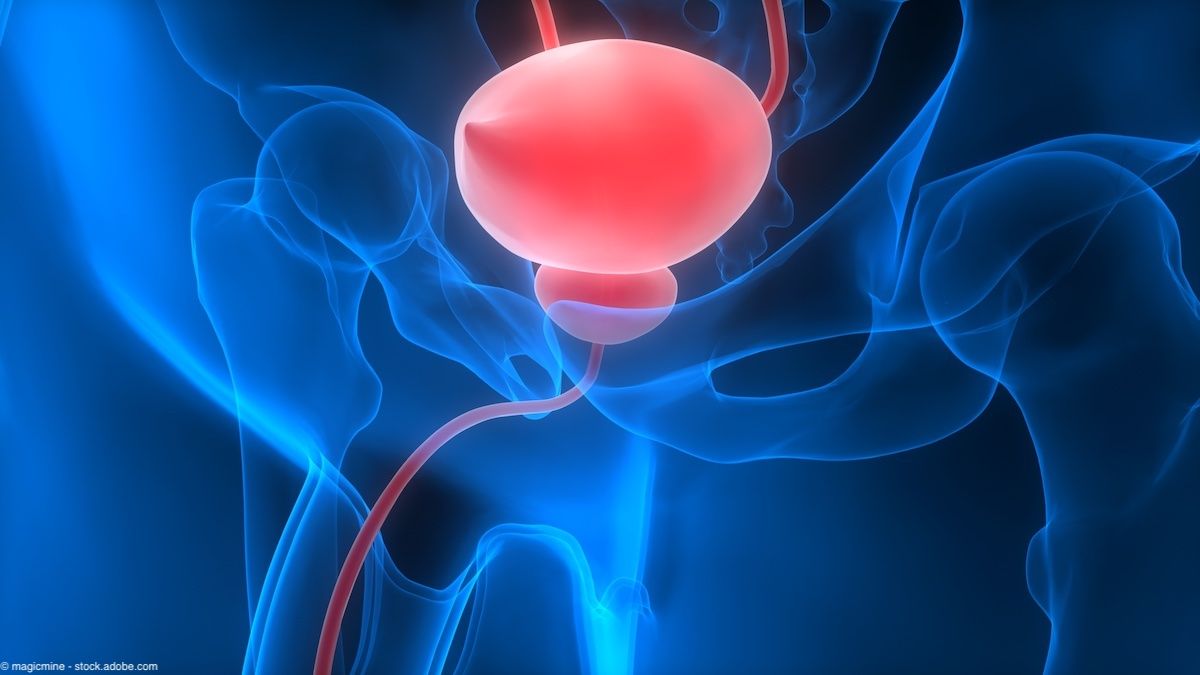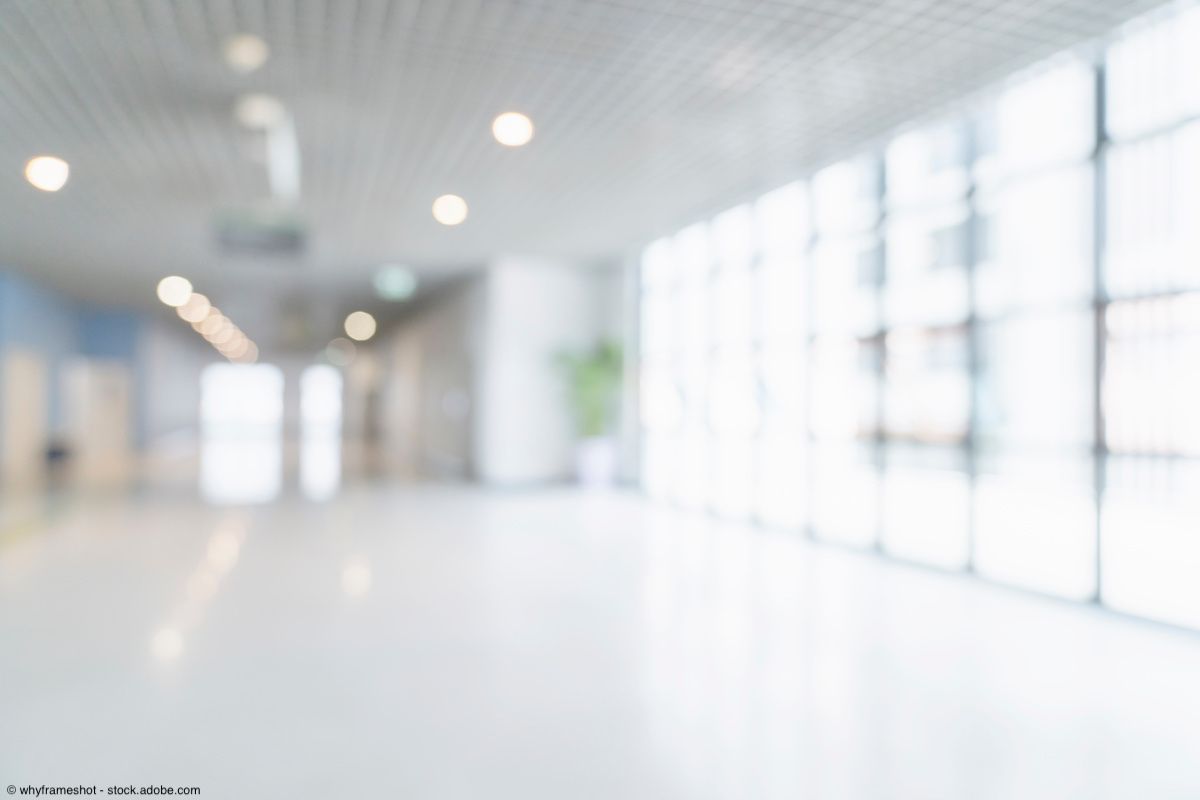Article
Renal denervation efficacious in pediatric kidney disease
Denervating the kidney to ease the pain associated with autosomal dominant polycystic kidney disease shows promising success in early trials.
San Francisco-Denervating the kidney to ease the pain associated with autosomal dominant polycystic kidney disease (ADPKD) shows promising success in early trials, researchers from the Children's Hospital of Philadelphia report.

ADPKD is a fairly rare condition, with an incidence of one in 1,000. It affects about 600,000 patients in the United States, 60% of whom complain of chronic pain. There are several treatment options, including narcotics, percutaneous cyst aspiration or sclerois, and cyst decortication. Cyst decortication produces initial pain-free rates of 85% to 90%, but that initial success drops to between 62% and 67% over 2 years, Dr. Casale said at the 2010 American Academy of Pediatrics Section on Urology annual meeting in San Francisco. The typical patient presents with multiple renal cysts, most of them located deep in the parenchyma.
Renal denervation was tried in the 1980s as an open thoracic procedure, he added. Morbidity was high and success rates were low-in the 30% to 40% range.
The laparoscopic procedure is a modification of a live-donor nephrectomy that exposes the renal pedicle, then isolates and divides the periarterial nerve fibers. The dissection is carried across the anterior surface of the major vessels, dividing the fibers of the renal and intermesenteric plexi for a complete renal mobilization and nephropexy.
The 20 patients in the Children's Hospital study were all between 8 and 19 years of age and had an average of 3.6 admissions per year for pain management. Imaging showed an average of 13.5 cysts per kidney and a mean cyst diameter of 1.3 cm. A majority of the cysts, 86%, were intraparenchymal.
The 20 patients underwent a total of 24 laparoscopic denervation procedures. The mean operative time was 152 minutes and required a mean inpatient stay of 2.17 days. All of the patients were pain free after the procedure, Dr. Casale reported, and none needed any analgesics after discharge, including patients who had become dependent on opioids before surgery. His initial report covered a mean of 38.5 months of follow-up, and all patients continued to be followed. There has been no loss of renal parenchyma on follow-up imaging, and the renal denervation procedure has been expanded to loin pain hematuria syndrome (LPHS) and Fraley's syndrome.
"Don't give up on patients with this kind of pain," Dr. Casale concluded. "Their pain is real. At least in our hands, laparoscopic renal denervation can provide real relief."





